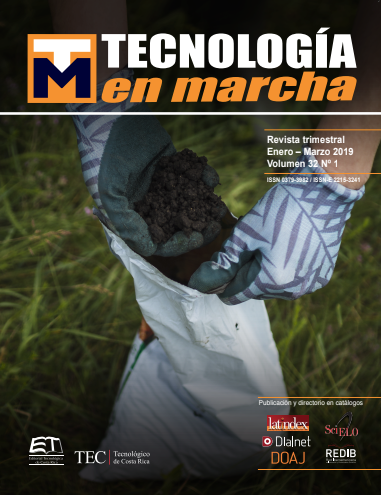Trihalomethane prediction modelling in water distribution systems: calculation of the mean residence time
Main Article Content
Abstract
Contact of chlorine with organic matter can produce disinfection byproducts such as Trihalomethanes (THMs). These compounds are considered to be hazardous to health and their formation is influenced by pH, temperature, type of organic matter, dose of chlorine and reaction time. However, given the costs associated with laboratory analyzes, mechanical and statistical models are commonly used for their prediction. Nevertheless, the determination of the mean residence time (TMR) in distribution networks requires computational tools that demand time and investment, so it is necessary to consider other methods for their estimation. In this sense, the present article emphasizes into the main aspects that must be considered for the construction of a prediction model, as well as the analysis of two calculation methods for the determination of TMR in distribution networks using tracers. For the latter, tests were carried out on a pilot scale distribution network made up of 12 mm diameter PVC pipes. Sodium chloride was used as a tracer by continuous addition. TMRs were determined at two sampling points and a difference of 2.40% and 3.31% respectively were obtained, demonstrating that both calculations methods are precise and easily understood. Finally, it is concluded that the models constructed from multiple regressions can be potentially used in Costa Rica, since they can be constructed simply from local conditions.
Article Details
Los autores conservan los derechos de autor y ceden a la revista el derecho de la primera publicación y pueda editarlo, reproducirlo, distribuirlo, exhibirlo y comunicarlo en el país y en el extranjero mediante medios impresos y electrónicos. Asimismo, asumen el compromiso sobre cualquier litigio o reclamación relacionada con derechos de propiedad intelectual, exonerando de responsabilidad a la Editorial Tecnológica de Costa Rica. Además, se establece que los autores pueden realizar otros acuerdos contractuales independientes y adicionales para la distribución no exclusiva de la versión del artículo publicado en esta revista (p. ej., incluirlo en un repositorio institucional o publicarlo en un libro) siempre que indiquen claramente que el trabajo se publicó por primera vez en esta revista.

